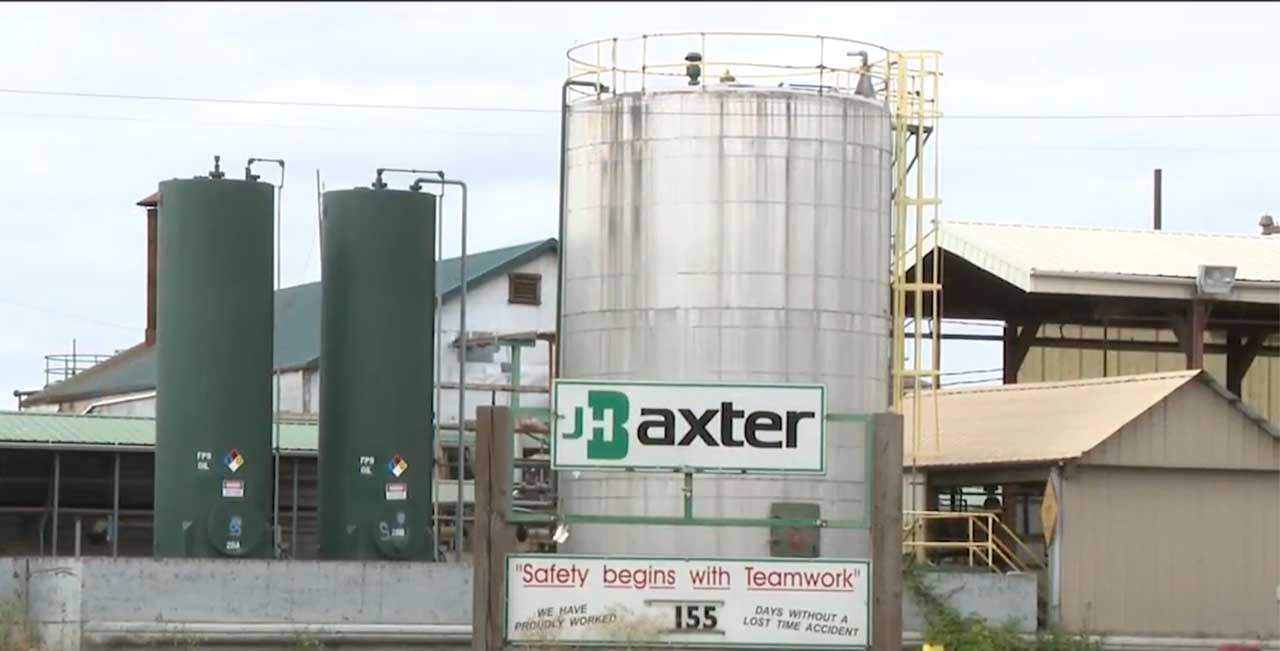Eugene Wood-Treatment Plant Becomes One of Oregon’s Most Toxic Chemical Leak Sites

The J.H. Baxter chemical wood treating plant in Eugene, which released hazardous substances into the soil and groundwater during decades of operations, has been added to the Superfund National Priorities List (NPL).
Poses a Significant Threat to Residents and the Environment
The NPL lists sites throughout the U.S. and territories where releases of hazardous substances, contaminants, or pollutants pose a significant threat to human health and the environment.
See also: Oregon Wood Treatment Plant Violated Hazardous Waste and Clean Air Regulations
Located at 3494 Roosevelt Boulevard, the J.H. Baxter plant operated from 1943 to 2022, releasing decades of hazardous substances that contaminated residential areas of Eugene with dioxins. Dioxins are a highly toxic compound produced as a by-product at the wood treatment facility, posing a serious and persistent environmental pollutant.
Public Participation Meeting
Making the announcement yesterday, the U.S. Environmental Protection Agency (EPA) says it will hold a public meeting to explain to Eugene residents how they can become involved in the Superfund process. The meeting will be held on July 16, from 6 – 8 p.m. at the Cascade Middle School, 1525 Echo Hollow Road.
After determining that the contamination in the area poses an unacceptable risk to residents and the environment, the EPA says it is committed to ensuring the area is safe for the community.
See also: Oregon Wood Treatment Facility and its President Fined $1.5 Million for Clean Air Act Violations
A Time Critical Removal Action is currently underway at the Eugene site. However, this is merely an interim measure to prevent further releases of hazardous substances into the groundwater and soil and does not address all of the contamination.
Work on a thorough cleanup of the site is scheduled to begin in early fall.
Only the most serious uncontrolled and abandoned hazardous waste release sites are included on the NPL list.
These are eligible for long-term federal funding and enforcement actions. Superfund cleanups provide not only health benefits to communities but also an economic boost. According to research, residential property values increase by up to 24% within a three-mile radius of site cleanups.
To learn more about Superfund and the National Priorities List, click here.
